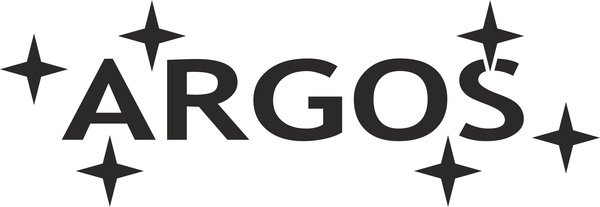
Advanced Rayleigh-Guided Ground Layer Adaptive-Optics System
The ARGOS project equips the LBT, the Large Binocular Telescope, with an up-to-date laser guide star and wavefront sensing facility. ARGOS operates multiple pulsed lasers to generate artificial guide stars. A total of six laser guide stars are used to correct the ground layer turbulence above each of the LBT mirrors. The primary goal of the facility is to correct the distortions induced by atmospheric turbulence, thus enhancing the imaging and spectroscopic capabilities for LUCI over a wide field of view. ARGOS is capable of reducing the seeing by a factor of two to three over a field of view of 4 arcminutes.
The system consists of:
- Laser systems, each of them containing three powerful pulsed green lasers
- Beam expanders to enlarge the lasers to a 40cm diameter and project them to sky
- Wavefront sensors to detect the backscattered light from the beacons
- The adaptive optics control of LBT's deformable secondary mirrors















